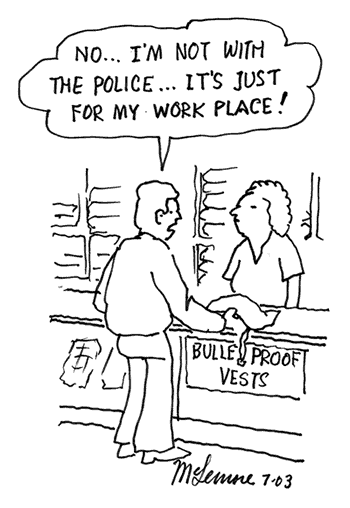|
 HOT ISSUE HOT ISSUE
Equity lawsuit may
upset school funding apple cart
By
Andy Brack
SC Statehouse Report
| |
|
FEEDBACK
POLICY
We encourage
your feedback. If you'd like to respond to something in SC
Statehouse Report, please send us an e-mail. We reserve
the right to edit for length and clarity. One submission allowed
per month. Please keep your comment to 250 words or less:
|
JULY 27, 2003 - - Suppose you are given a choice of whether to
send a youngster to public school in Greenville or Columbia versus
Hampton or Allendale. Which would you pick?
The answer is pretty much a no-brainer. More than likely, you'd
pick Greenville or Columbia, where students have access to a wider
array of classes, resources and facilities. It's just common sense
you'd want your child to go to the best school possible where he
or she had the greatest opportunity to excel.
Starting Monday in a Clarendon County courtroom, lawyers for some
of the poorest school districts in the state will challenge the
state in a lawsuit that could have an enormous impact on the way
South Carolina funds its public schools.
If they win, it's likely lawmakers would have to change how school
districts get money. They might even have to come up with an extra
$1 billion more per year for education, according to some estimates.
Interestingly, poorer school districts generally get more money
now than the state average because they have more at-risk students.
A January 2003 study for the state's Education Oversight Committee
showed unsatisfactory, poorer school districts generally spend about
$1,200 more per student than those who attend excellent districts.
But even though they spend more money, their students still have
terrible results, such as graduation rates in the 30 percent range,
said economist and report author Harry Miley.
"They are spending too much on fixed costs for leadership
and operational costs and not enough on teachers' salaries and hiring
better qualified teachers with master's degrees," the report
said.
Because these areas of the state historically have much more poverty,
it takes significantly more resources to raise students to higher
performance levels. For example, a poorer county might only have
10 students in an English class compared to 20 in an urban school.
But since both are required to offer the class, the instructional
cost is twice as high in the poorer school. In turn, that draws
away resources from electives and other courses.
In other words, even though a lot more money is being spent per
capita on poorer students, it's still not enough to provide the
same opportunities that exist at urban schools. That's why you'd
rather send your kid to school in Columbia.
Lawyers for the poor districts will argue students in rural areas
generally get an inadequate education - - not because money isn't
being spent on them, but because there is so much that needs to
be done to bring them in line with good schools.
"Nobody can say that money doesn't matter, but we do not want
to have money thrown at the problem," said lawyer Carl Epps,
who is the lead lawyer for the poorer districts. "We want to
be able to develop the programs that these children need to learn."
Epps will represent eight districts -- - - Allendale, Dillon 2,
Florence 4, Hampton, Jasper, Lee, Marion 7 and Orangeburg 3 -- in
the case that got its start in 1993.
"The case was brought because the state has never offered
adequate educational opportunities to a very large segment of our
state, and those universally are the poor and ethnic minorities,"
he said.
Meanwhile, the state will counter that South Carolina schools do
offer a "minimally adequate" education, which is all state
law requires.
For lawyer Bobby Stepp, the crux of the matter is pretty narrow
- - whether students in poorer districts have the opportunity for
a "minimally adequate" education. It's not a lawsuit over
what the state's education policy ought to be, he said.
"The test is one of opportunity, not achievement," said
Stepp, who represents the General Assembly in the case. "Accountability
systems are especially effective in reducing the achievement gap
in students…South Carolina's accountability system is already
starting to accomplish those things across the board.
Since 1993, South Carolina has had enormous educational improvements
- - from millions spent on school infrastructure to higher teacher
pay, lower class sizes and better classroom accountability standards.
Now the question will be whether those improvements have been enough
to provide a basic education for students anywhere in the state
or whether more needs to be done for poorer areas.
Lawmakers are nervously keeping track of what happens over the
next few weeks in the Manning courtroom. If poorer districts win,
they know next year's legislative session will be much tougher.
 McLEMORE'S WORLD McLEMORE'S WORLD
Job protection
Thought you might want to see this week's cartoon effort by our
Bill McLemore:

###
|





